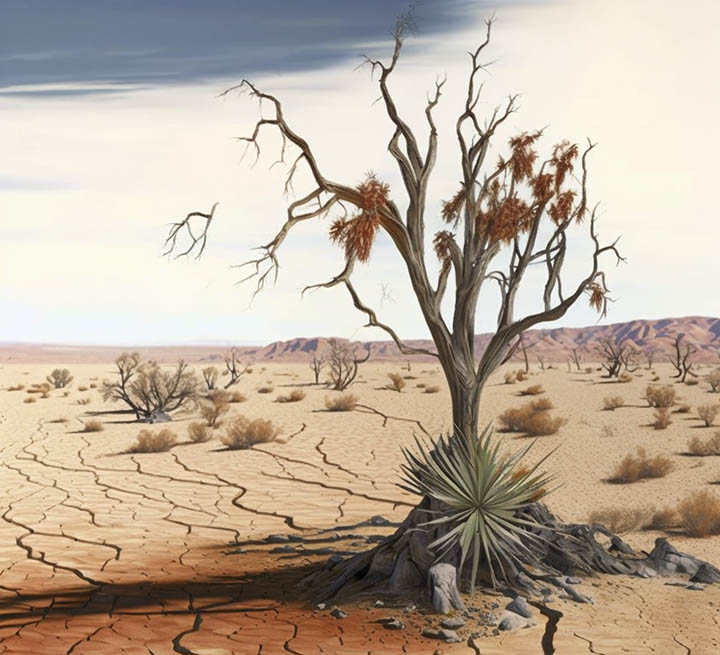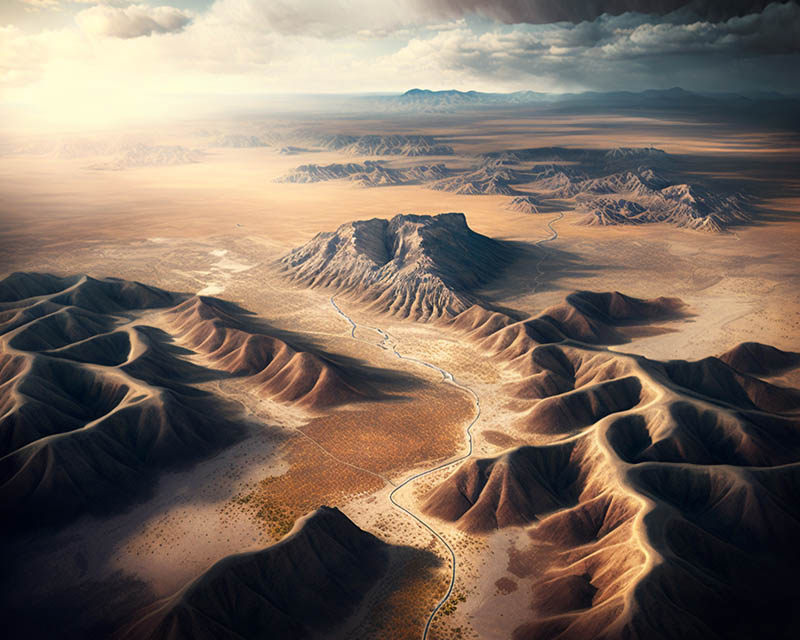The Mojave Desert is a vast expanse of arid land that covers parts of California, Nevada, Utah, and Arizona in the United States. It is known for its extreme temperatures, sparse vegetation, and unique geological features. So why the Mojave Desert is so dry, and what factors contribute to its unique ecosystem?
Location and Climate
The Mojave Desert is located in a region that receives very little rainfall, with an average of fewer than 6 inches per year. The region is also characterized by its high temperatures, with summer temperatures often exceeding 100 degrees Fahrenheit. These climatic conditions contribute to the arid and dry environment that characterizes the Mojave Desert.
Geography and Topography
The Mojave Desert is also characterized by its unique topography and geological features. The region is largely made up of barren mountains and rocky canyons, with few areas of flat land or valleys. This topography makes it difficult for water to accumulate and results in very little surface water in the region. Thus, another reason why the Mojave Desert is so dry is the lack of surface water, coupled with the high temperatures and dry climate. It simply makes it difficult for plant life to thrive there.
Soil and Vegetation
The soil in the Mojave Desert is also highly specialized and adapted to the arid conditions. It is usually composed of sand or gravel, with little organic matter. This type of soil is highly permeable, allowing water to drain quickly and making it difficult for plants to retain moisture. As a result, the vegetation in the Mojave Desert is sparse and consists mainly of cacti, yuccas, and other succulent plants that are adapted to dry conditions.

Human Impact
Human activity has also had a significant impact on the Mojave Desert. The region has been subjected to a variety of anthropogenic stressors, including mining, grazing, and urban development. These activities have disrupted the natural ecosystem of the Mojave Desert and have contributed to the loss of native plant and animal species.
Conclusion
In conclusion, the Mojave Desert is a dry but unique and fascinating region that is characterized by its extreme aridity and specialized ecosystem. The lack of rainfall, unique topography and specialized soil and vegetation all contribute to the arid conditions that characterize the region. Human activity has also had a significant impact on the Mojave Desert, highlighting the importance of protecting and preserving this fragile ecosystem.


